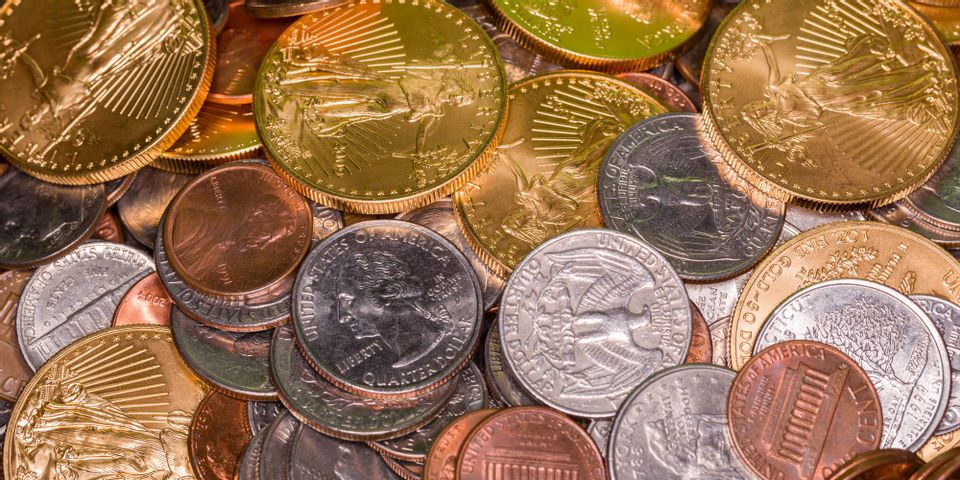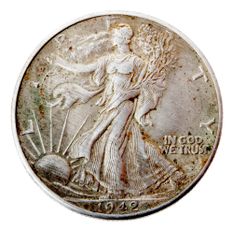
Since the U.S. began minting coins, the methods and materials used have evolved over the decades. A penny from a century ago might resemble one made today, although its metal content would reveal its identity just like its date. If you are an aspiring coin collector, find out how metal compositions have changed throughout history.
Which Metals Were First Used for U.S. Coins?
After the Declaration of Independence was ratified, the Coinage Act of 1792 set minting in motion. The U.S. Mint was authorized to make coins out of gold, silver, and copper—metals you likely associate with jewelry today. While the government was required to purchase the copper for coin-making, banks and private depositors donated silver and gold, either as bullion or coins from other countries.
At this stage, making coins was a primitive process that involved horse-powered machines, and only a couple dozen coins could be made in a minute. With the invention of steam-powered machinery in the 19th century, coin production began to speed up. Soon, new mints were opened throughout the country, with each making 100 coins a minute.
Why Were They Phased Out?
 As copper prices began to rise in the mid-19th century, mints were allowed to add other metals when making pennies. At first, it was nickel, then tin and zinc. During WWII, all available copper was devoted to the war, and penny composition was changed to zinc-covered steel. By 1982, only 2.5% of the penny was copper.
As copper prices began to rise in the mid-19th century, mints were allowed to add other metals when making pennies. At first, it was nickel, then tin and zinc. During WWII, all available copper was devoted to the war, and penny composition was changed to zinc-covered steel. By 1982, only 2.5% of the penny was copper.
When the U.S. first started making coins, silver was used for five of them: the dollar, half dollar, quarter, dime, and half dime. Then in 1866, they began making half dimes out of copper and nickel, which is why the five-cent coin is called a nickel today. Silver was slowly extracted from the minting process until 1971, when it was no longer used in circulating coins. While gold was originally used to make some coins, the Great Depression ended this practice, as legislation was passed to stabilize the value of gold.
Why Are Old Coins Worth More Than the Metal They’re Made Of?
Metal prices are always fluctuating, but for the most part, rare coins are worth more than their metal. A coin’s face value is easy to see—a nickel is worth five cents. If you were to melt down an old silver nickel until it was no longer recognizable, it would be worth the current market price of silver.
However, if you were to take an old silver coin to a dealer, it would be worth much more than both those figures. The coin’s intrinsic value takes into account its melt value, condition, when it was created, how many are left in the world, how popular it is among coin collectors, and any historic value it may have. For example, while the 2014 American Gold Eagle’s face value is only $50, its intrinsic value is over $1,400.
If you are interested in learning more about rare coins, head over to Coins Plus of Cincinnati, OH. They cater to coin collectors and sellers alike, and they will be happy to teach you about the coins already in your possession. As the city’s only National Award Winning and PNG Dealer, they offer fair appraisals. For more information on their shop, visit the website, or call (513) 621-1996 to speak to an expert coin collector.
About the Business
Have a question? Ask the experts!
Send your question

